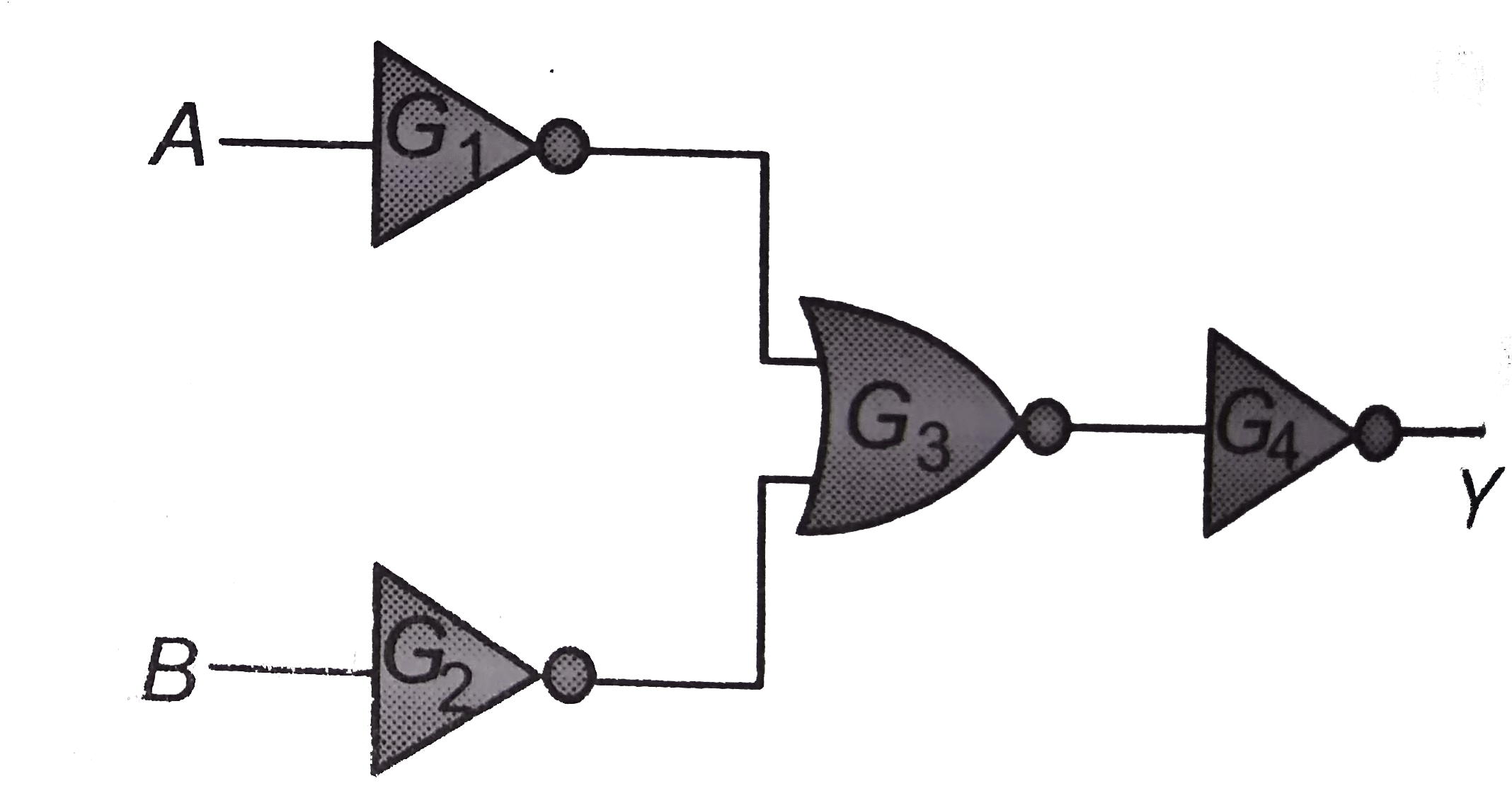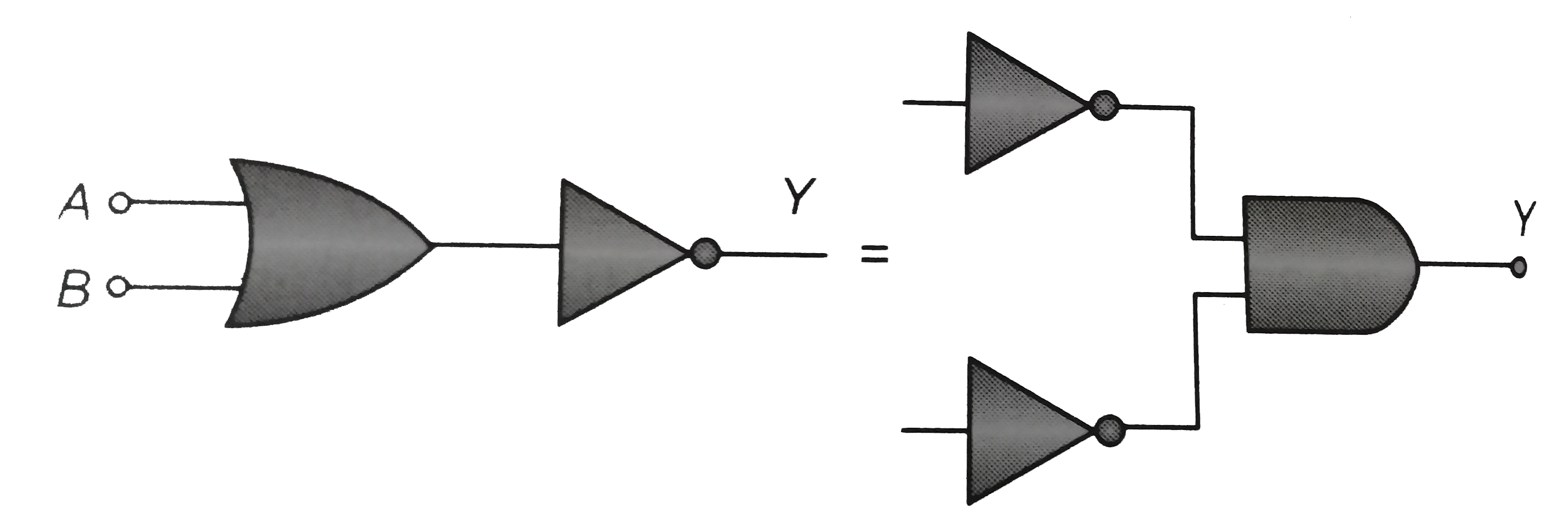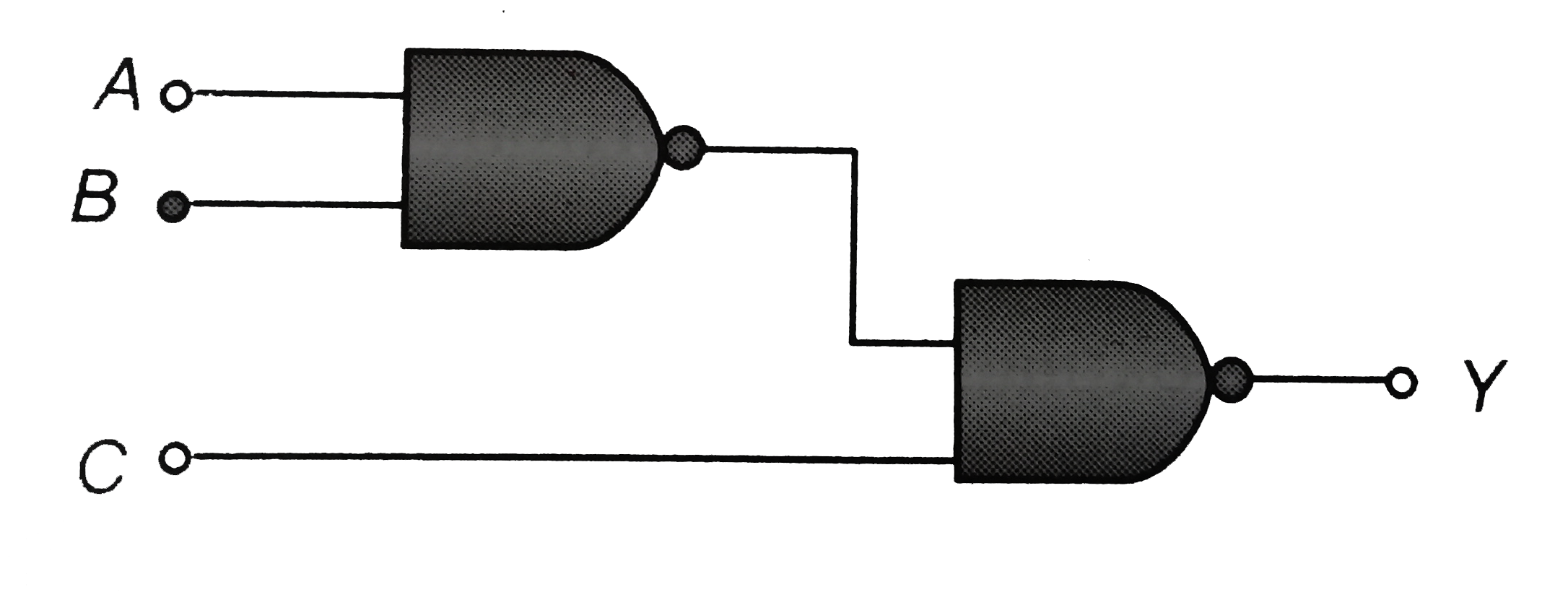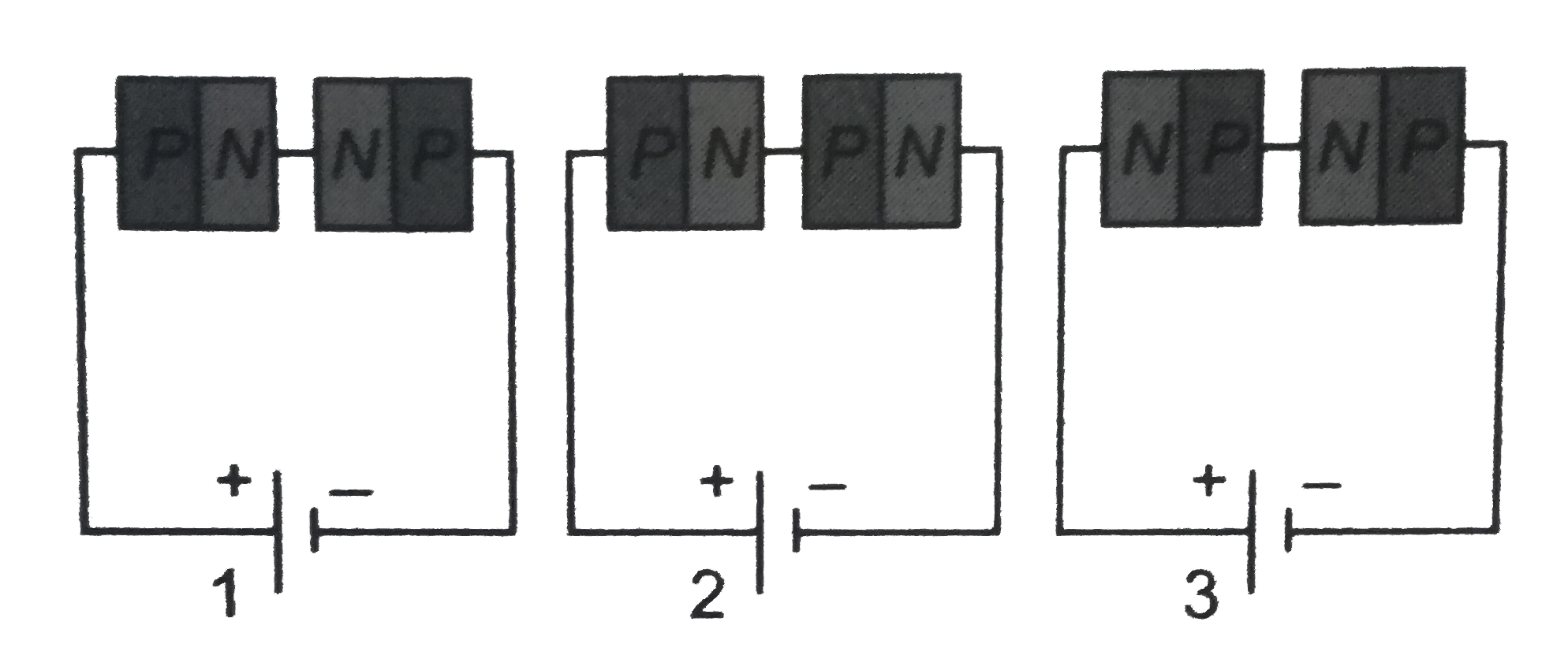Complete Solutions to physics of chapter SEMICONDUCTOR of Class 12 book with complete answers and questions
| Class 12 | PHYSICS |
| Chapter | SEMICONDUCTOR |
| DISHA | physics |
| Number Of Questions | 52 |
| Academic Year | 2023-24 |
A `npn` transistor conducts when
View SolutionIn the case of constant `alpha` and `beta` of a transistor
View SolutionIn an NPN transistor `10^(10)` electrons enter the emitter in `10^(-6)`s and 2 % electrons recombine with holes in base then current gain `alpha` and `beta` are
View SolutionIf `l_(1),l_(2),l_(3)` are the lengths of the emitter, base and collector of a transistor then
View SolutionIn an `NPN` transistor the collector current is `10 mA`. If `90%` of electrons reach collector, the emitter current `(i_(E))` and base current `(i_(B))` are given by
View SolutionThe transfer ration of a transistor is `50`. The input resistance of the transistor when used in the common -emitter configuration is `1 kOmega`. The peak value for an `A.C.` input voltage of `0.01 V` peak is
View SolutionFor a transistor the current amplification factor is `0.8`. The transistor is connected in common emitter configuration. The change in the collector curren when the base current chages by a `6mA` is
View SolutionIn `NPN` transistor the collector current is `10mA`. If `90%` of electrons emitted reach the collector, the
View SolutionIn a transistor in `CE` configuration, the ratio of power gain to voltage gain is
View SolutionThe following truth table corresponds to the logic gate
`|(A,0,0,1,1),(B,0,1,0,1),(X,0,1,1,1)|`
View SolutionThe truth table shown in figure is for
`{:("A 0 0 1 1"),("B 0 1 0 1"),("Y 0 0 0 1"):}`
View SolutionFor the given combination of gates, if the logic states of inputs `A,B,C,` are as follows `A=B=C=0` and `A=B=1, C=0` then the logic states of output `D` are

View SolutionThe logic behind `'NOR'` gate is that it gives
View SolutionA gate has the following truth table
`{:("P 1 1 0 0"),("Q 1 0 1 0"),("R 1 0 0 0"):}`
The gate is
View SolutionWhat will be the input of `A` and `B` for the Boolean expression `bar((A+B)).bar((A.B))=1`?
View SolutionTo get an output of 1 form the circuit shown in figure the input must be :-
_E01_514_Q01.png)
View SolutionThe truth-table given below is for which gate?
`{:("A 0 0 1 1"),("B 0 1 0 1"),("C 1 1 1 0"):}`
View SolutionThe combination of gates shown below produces

View SolutionFigure gives a system of logic gates. From the study of truth table it can be found that no produce a high output `(1)` at `R`, we must have

View SolutionFor a transistor `(I_(C))/(I_(E))=0.96`, then current gain for common emitter configuration
View SolutionGiven below are symbols for some logic gates :-
_E01_343_Q01.png)
The XOR gate and NOR gate respectively are :-
View SolutionGiven below are four logic gates symbol (figure). Those for OR, NOR and NAND are respectively
View SolutionAssertion: The logic gate `NOT` can be built using diode.
Reason: The output voltage and the input voltage of the diode have `180^(@)` phase difference.
View SolutionAssertion: The following circuit represents `'OR'` gate

Reason: For the above circuit `Y=bar(X)=bar(bar(A+B))=A+B`
View SolutionAssertion: De Morgan's theoram `bar(A+B)=bar(A).bar(B)` may be explained by the following circuit.

Reason: In the following circuit, for output, inputs `ABC` are `101`.

View SolutionWhen a semiconductor is heated, its resistance
View SolutionThe energy band gap of Si is
View SolutionThe forbidden energy band gap in conductors, semiconductors and insulators are `EG_(1), EG_(2)` and `EG_(3)` respectively. The relation among them is
View SolutionLet `n_(p)` and `n_(e)` be the number of holes and conduction electrons respectively in a semiconductor. Then
View SolutionWhich statement is correct?
View SolutionWires `P` and `Q` have the same resistance at ordinary (room) temperature. When heated, resistance of `P` increases and that of `Q` decreases. We conclude that
View SolutionIn extrinsic P and N - type, semiconductor materials, the ratio of the impurity atoms to the pure semiconductor atoms is about
View SolutionAt zero Kelvin a piece of germanium
View SolutionElectronical configuration of germenium is `2,8,18` and `4`. To make it extrinsic semiconductor small quantity of antimony is added
View SolutionThe intrinsic semiconductor becomes an insulator at
View SolutionEnergy band in solids are a consequence of
View SolutionIn energy band diagram, the energy gap for carbon (diamond)is....... .
View SolutionThe valence band and conduction band of a solid overlap at low temperature, the solid may be
View SolutionChoose the correct statement
View SolutionIf `n_(e)` and `n_(h)` be the number of electrons and drift velocity in a semiconductor. When the temperature is increased
View SolutionThe reverse biasing in a `PN` junction diode
View SolutionTwo `PN`-junction can be connected in series by three different methods as shown in the figure. If the potential difference in the junction is the same, then the correct connection will be

View SolutionThe approximate ratio of resistance in the forward and reverse biase of the `PN-` junction diode is
View SolutionThe dominant mechanisms for motion of charge carriers in forward and reverse biased silicon `P-N` junction are
View SolutionIn a triclinic crystal system
View SolutionThe correct cymbol for zener diode is
View SolutionIn the given figure, which of the diodes are forward biased?
View SolutionWhich of the following materials are crystalline?
View SolutionA piece of copper and the other of germanium are cooled from the room temperature to 80 K, then which of the following would be wrong statements?
View SolutionAssertion: The number of electrons in a `p`-type silicon semiconductor is less than the number of electrons ina pure silicon semiconductor at room temperature.
Reason: It is due to law of mass action.
View SolutionAssertion: The resistivity of a semiconductor increases with temperature.
Reason: The atoms of a semiconductor vibrate with larger amplitude at higher temperature therby increasing it resistivity.
View SolutionAssertion: We can measure the potential barrier of a `PN` junction by putting a sensitive voltmeter across its terminals.
Reason: The current through the `PN` junction is not same in forward and reversed bias.
View Solution
physics questions and complete solutions for chapter SEMICONDUCTOR of DISHA PHYSICS (HINGLISH) of Class 12